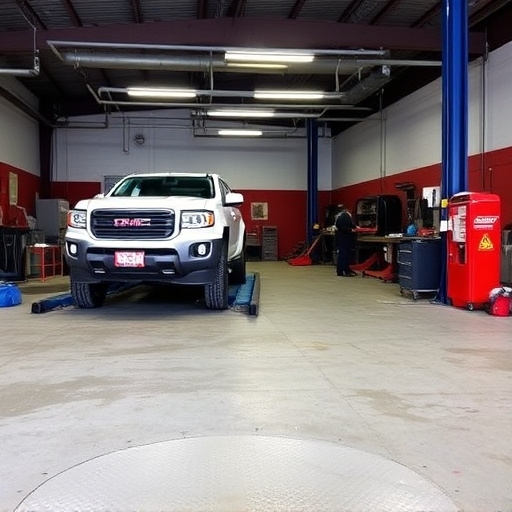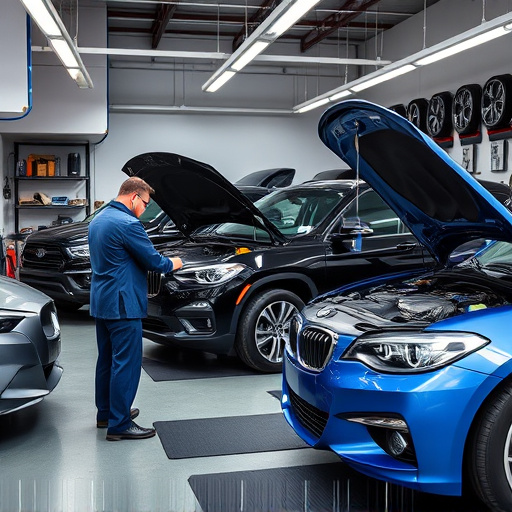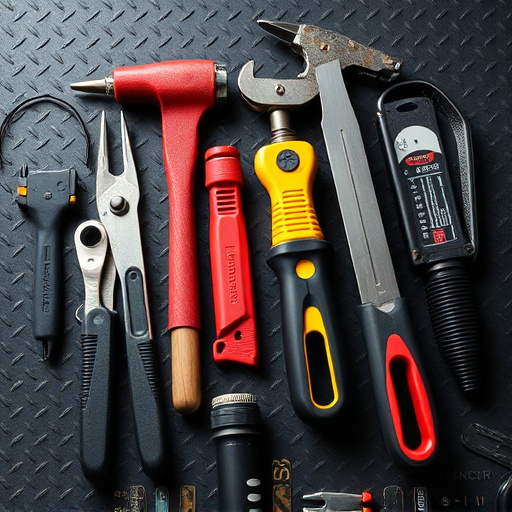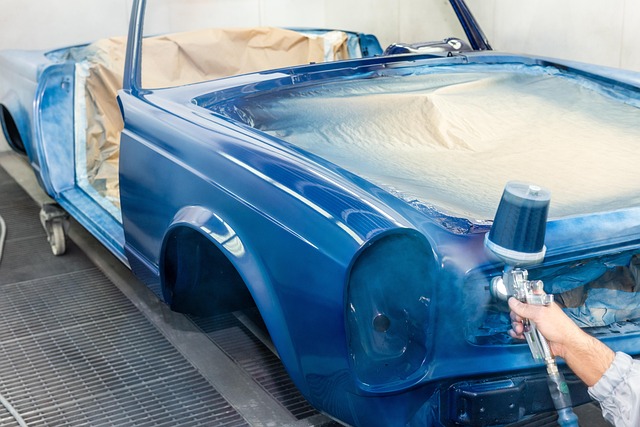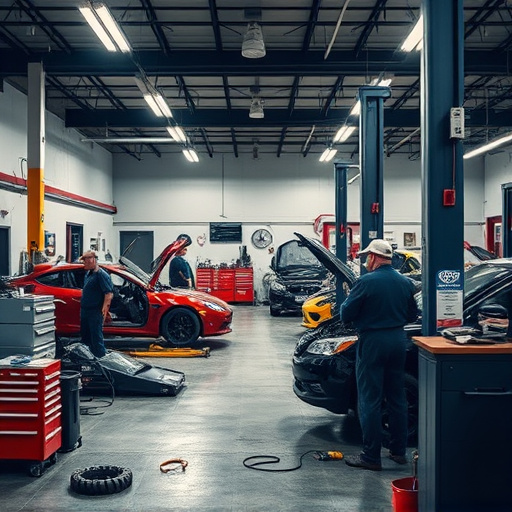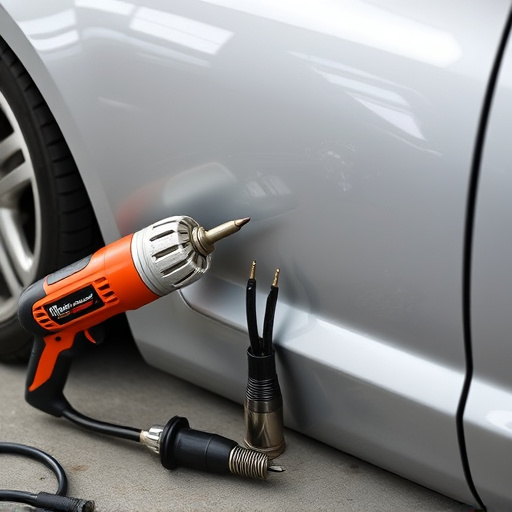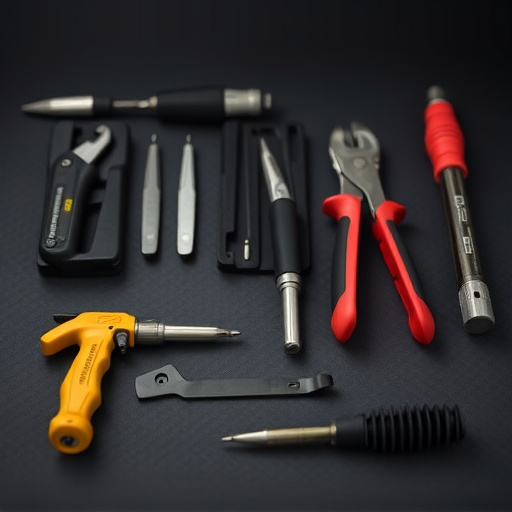Understanding out-of-pocket repair costs is vital for car owners. Expenses vary by damage severity, vehicle type, insurance, location, and shop reputation. Simple repairs are less costly than complex ones; luxury vehicles may have higher part prices. Insurance coverage reduces out-of-pocket expenses. Proactive maintenance, comparing quotes, and regular checks minimize costs and ensure quality repairs.
Out-of-pocket repair costs can be a financial burden, but understanding these expenses is key to smart decision-making. This article guides you through the intricacies of out-of-pocket repair costs, helping you make informed choices. We’ll explore factors influencing these costs and provide strategic advice on managing and minimizing them. By the end, you’ll be equipped with valuable insights to navigate repair options effectively.
- Understanding Out-of-Pocket Repair Costs
- Factors Influencing Out-of-Pocket Expenses
- Strategies to Manage and Minimize These Costs
Understanding Out-of-Pocket Repair Costs
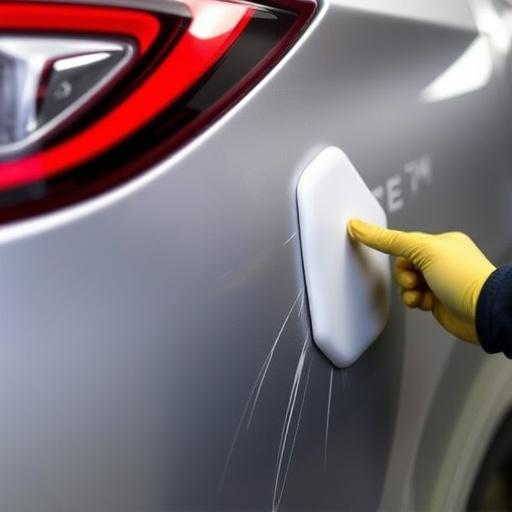
Out-of-pocket repair costs refer to the expenses that an individual is responsible for paying out of their own pocket when it comes to fixing their vehicle. This can include a wide range of services, from minor cosmetic repairs like paintless dent repair to more significant damage such as engine replacements or body work after a car accident. Understanding these costs is crucial for anyone owning a car, as unexpected mechanical issues or collisions can lead to substantial financial burdens.
When visiting an auto collision center or car repair shop, it’s essential to inquire about potential out-of-pocket expenses. Some repairs might be covered by insurance, while others may not be, leaving the owner responsible for the full bill. For instance, paintless dent repair techniques can offer a cost-effective solution for minor dings and dents, reducing the need for a full painting job. By being aware of these costs and options, vehicle owners can make informed decisions regarding their car’s maintenance and ensure they’re prepared for any unexpected repairs.
Factors Influencing Out-of-Pocket Expenses
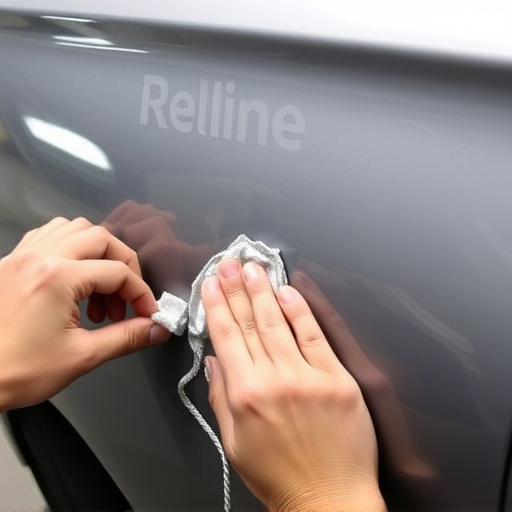
Out-of-pocket repair costs can vary significantly depending on several factors. One key determinant is the extent and complexity of the damage. Simple fixes, like a vehicle dent repair, often carry lower out-of-pocket expenses compared to more intricate collision repair services. The type of vehicle also plays a role; luxury brands like Mercedes Benz repair might incur higher costs due to specialized parts and labor requirements.
Additionally, your insurance coverage and deductibles heavily influence these expenses. Comprehensive or collision coverage can significantly reduce out-of-pocket costs, while high deductibles mean you’ll pay more initially. Market rates for parts and labor also vary geographically, so location matters too. Lastly, the reputation and expertise of the repair shop can affect pricing; established facilities offering specialized services might charge premium rates.
Strategies to Manage and Minimize These Costs
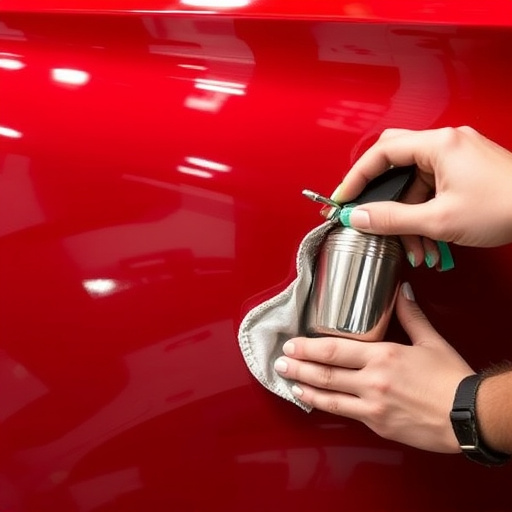
Managing out-of-pocket repair costs can seem daunting, but there are several strategies to help minimize these expenses. First, being proactive is key; regular vehicle maintenance checks can prevent minor issues from turning into costly repairs. Simple tasks like checking fluid levels, tire pressure, and replacing worn-out parts can significantly reduce the need for extensive collision repair or auto body services.
Additionally, when dealing with damages, consider the extent of the issue. For instance, a simple bumper repair might be less expensive than a full-scale auto body overhaul. Comparing quotes from different repair shops is also crucial; prices can vary widely, and understanding these fluctuations can empower you to make informed decisions. Using these strategies, individuals can navigate out-of-pocket repair costs more effectively, ensuring they receive quality repairs while keeping expenses under control.
When facing unexpected appliance repairs, understanding out-of-pocket repair costs is essential for making informed decisions. By considering the factors that influence these expenses, such as age and brand of the appliance, you can employ strategies to effectively manage and minimize costs. Armed with this knowledge, you’ll be better equipped to navigate the process, ensuring your household stays in good working order without breaking the bank.
